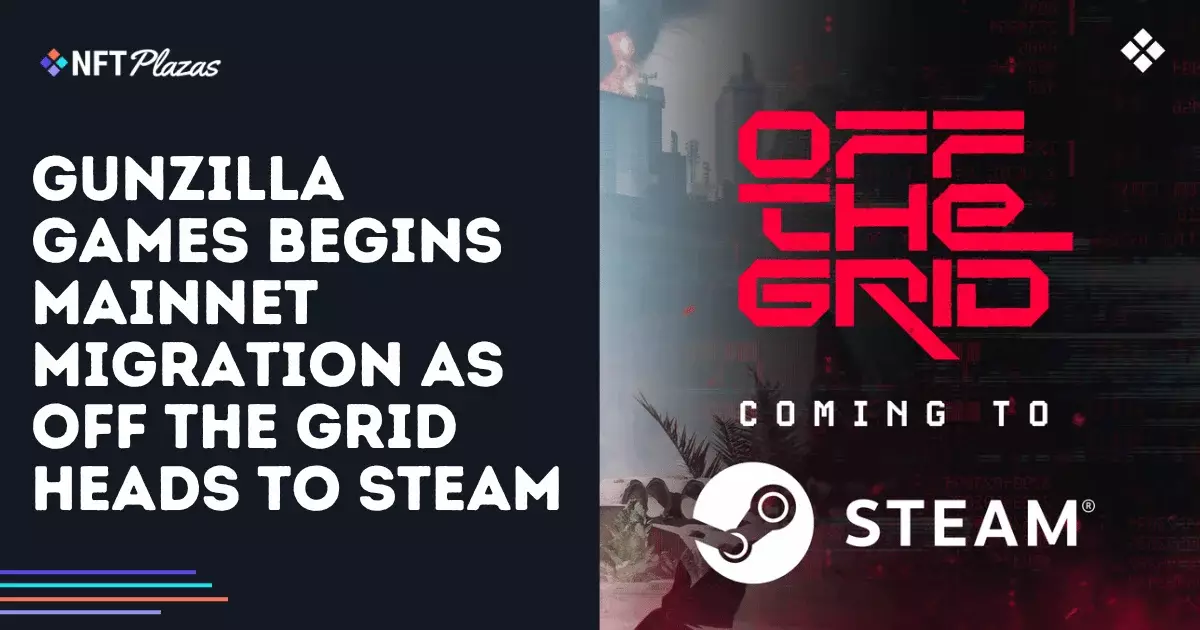Despite its promises, the integration of blockchain technology into gaming remains a precarious illusion rather than a transformative revolution. Gunzilla Games’ recent updates on its GUNZ ecosystem exemplify this dissonance, where the narrative of player-empowered asset ownership is marred by regulatory hurdles, technical challenges, and commercial limitations. While the studio’s migration of 21,000 players onto its nascent mainnet sounds promising on paper, it masks the underlying reality: the blockchain gaming sector is still in its infancy, riddled with unresolved issues that threaten the very vision of truly decentralized gaming. The emphasis on on-chain assets, validator nodes, and token volume is a distraction from the fundamental question—can blockchain genuinely enhance the gaming experience, or is it merely a speculative gimmick cloaked in techno-utopian language?
The core problem resides in the fact that these so-called blockchain “innovations” are often implemented in ways that serve profit motives rather than genuine player empowerment. The aforementioned $12.9 million in token volume and hundreds of thousands of asset decodings, while impressively quantified, obscure their actual utility for ordinary players. A token economy that is driven predominantly by speculative trading or marketplace dynamics risks relegating gameplay to a secondary concern. When blockchain features are active only on platforms like PlayStation and Xbox—where they are optional or hidden behind layers of regulation—the promise of a seamless, player-owned ecosystem crumbles into a niche spectacle for early adopters and crypto enthusiasts.
The Regulatory Labyrinth and Its Implications
One cannot ignore the complex regulatory landscape that looms large over projects like Gunzilla’s. Although the studio is nearing the completion of a Virtual Asset Service Provider license, the path to full compliance appears arduous and fraught with uncertainty. This regulatory rigor, while necessary to guard against scams and protect investors, also exposes a fundamental weakness in blockchain gaming projects: they are often built not with players in mind but with the aim of riding regulatory arbitrage or capitalizing on the hype surrounding NFTs and crypto tokens.
The reliance on testnet environments for the PC version of Off The Grid illustrates an implicit acknowledgment that real-world implementation of blockchain within gaming still faces substantial hurdles. Steam’s policies, which restrict blockchain features, effectively confine the technology to a peripheral role rather than a central, user-driven element. This cautious approach reveals an underlying inconsistency—if blockchain gaming is truly revolutionary, it should be universally adopted and unencumbered by platform policies. Instead, it remains a fragmented, siloed experiment, far from the paradigm shift its proponents herald.
Market Dynamics and the Illusion of Sustainability
Much of the narrative surrounding Gunzilla’s ecosystem revolves around market figures—million-dollar token volumes, thousands of decodings, and hundreds of active nodes. Yet, these metrics paint a misleading picture of sustainability and genuine user engagement. The reality is that the blockchain gaming market is heavily dependent on speculative investment, which tends to inflate perceived activity without fostering long-term player loyalty or meaningful gameplay. The notion that ownership of in-game assets will lead to a more equitable gaming environment ignores the fact that the majority of blockchain assets are controlled by few whales or investors, rather than a broad base of genuine users.
Furthermore, the recent expansion into partnerships with decentralized exchanges and the promise of broader token utility do little to offset the truth that most players simply want a good game—something that can entertain without constant financial risks. Gunzilla’s approach, emphasizing blockchain infrastructure expansion alongside gameplay updates, sets the stage for a superficial convergence: a game that looks more like a crypto marketplace than an engaging digital experience.
The Promise of Future Developments or a Distracting Mirage?
While Gunzilla teases future announcements—new tokens, additional nodes, and roadmap promises—it raises the question: are these strategies designed to build a robust, inclusive gaming ecosystem, or are they merely a smokescreen to attract investor and media attention? The gradual migration plan and the focus on compliance suggest an attempt to legitimize what is fundamentally an experimental endeavor. Yet, history shows that many blockchain projects falter as regulations tighten or as the speculative bubble bursts, leaving behind disappointed players and investors.
The focus on balancing weapon mechanics and gameplay features indicates that Gunzilla remains committed, at least superficially, to delivering a compelling game. However, the core challenge remains—can blockchain features add meaningful value or are they a layer of adornment that distracts from the essential goal of creating engaging, accessible gaming content? The answer, judging by the broader context, leans toward the latter. Blockchain’s current role in gaming appears to be more about riding the zeitgeist of crypto mania than addressing actual player needs.
In my view, the hype surrounding blockchain gaming epitomizes a misguided faith in technology as a panacea. While I support innovation that genuinely improves user ownership and economic fairness, the current trajectory of projects like Gunzilla’s suggests a fascination with spectacle rather than substance. As a center-right liberal, I believe in market-driven solutions and robust regulation—not wild west crypto schemes dressed up as revolutionary gaming. Blockchain’s true potential lies not in fleeting token volumes or validator nodes but in creating standards that enhance gameplay, transparency, and fairness—standards that are currently lacking. Until then, the emphasis should be on delivering well-crafted, compelling games that do not rely on speculation or regulatory loopholes. The industry’s future depends on it, not on hollow gimmicks that promise revolution but deliver little more than an elaborate distraction.


Leave a Reply